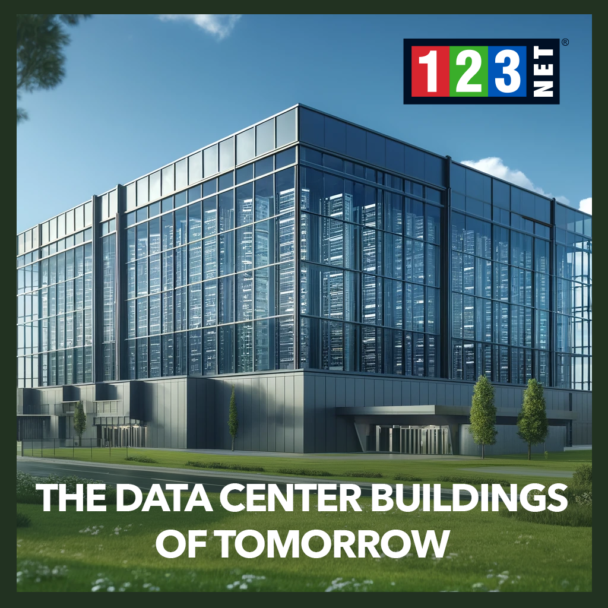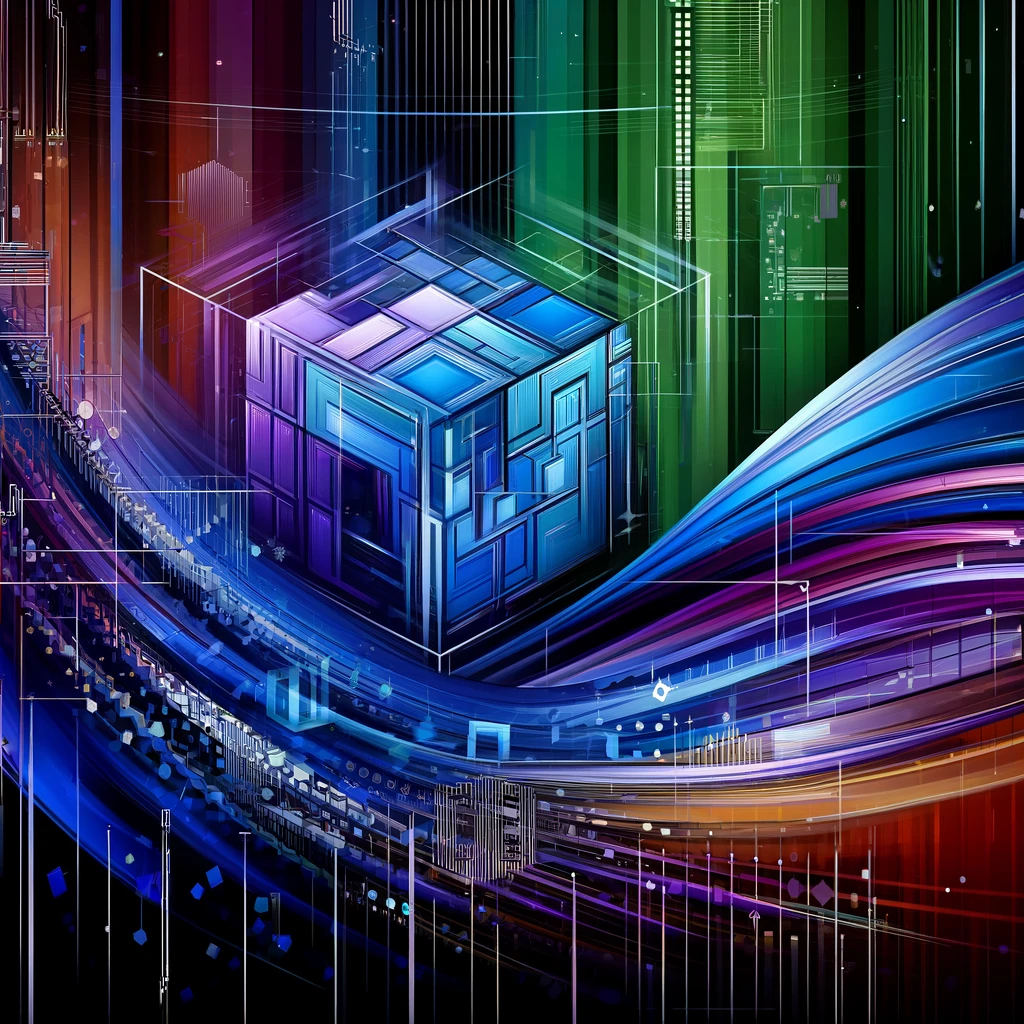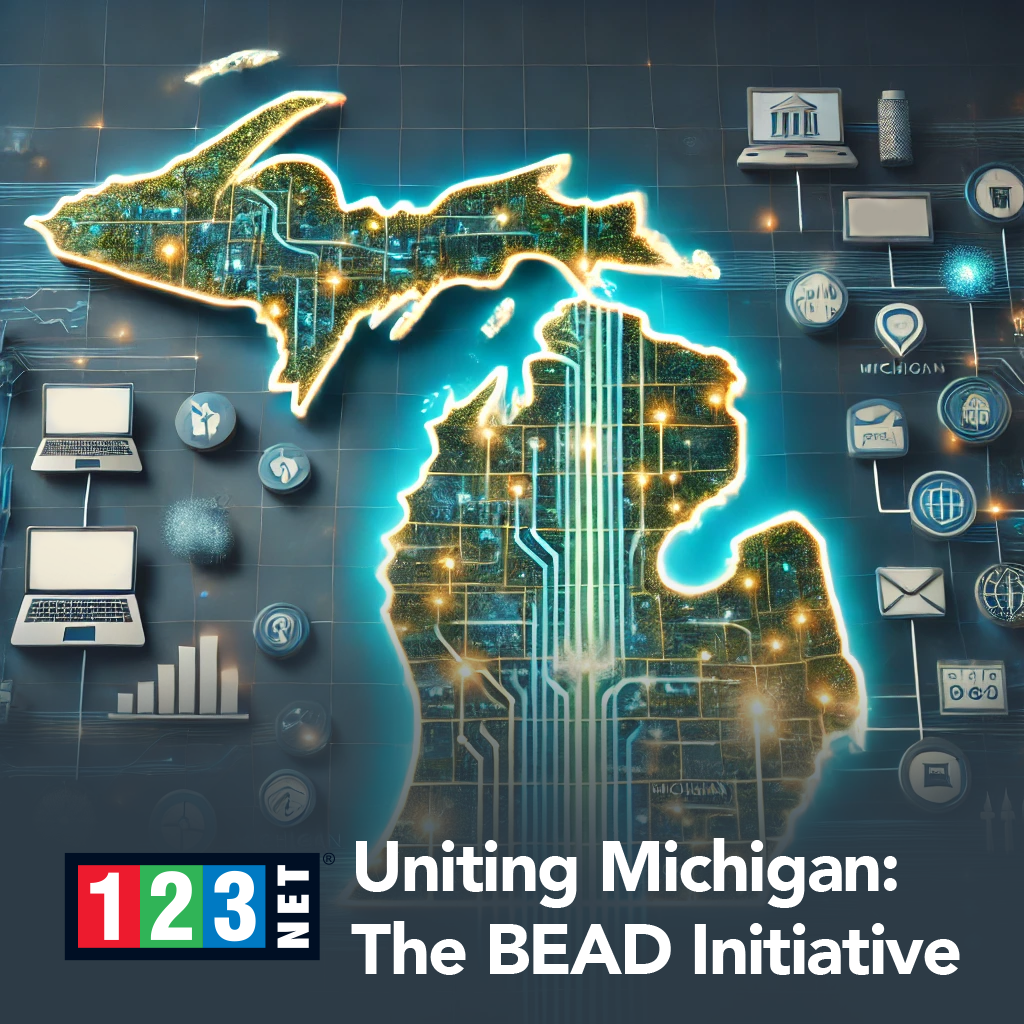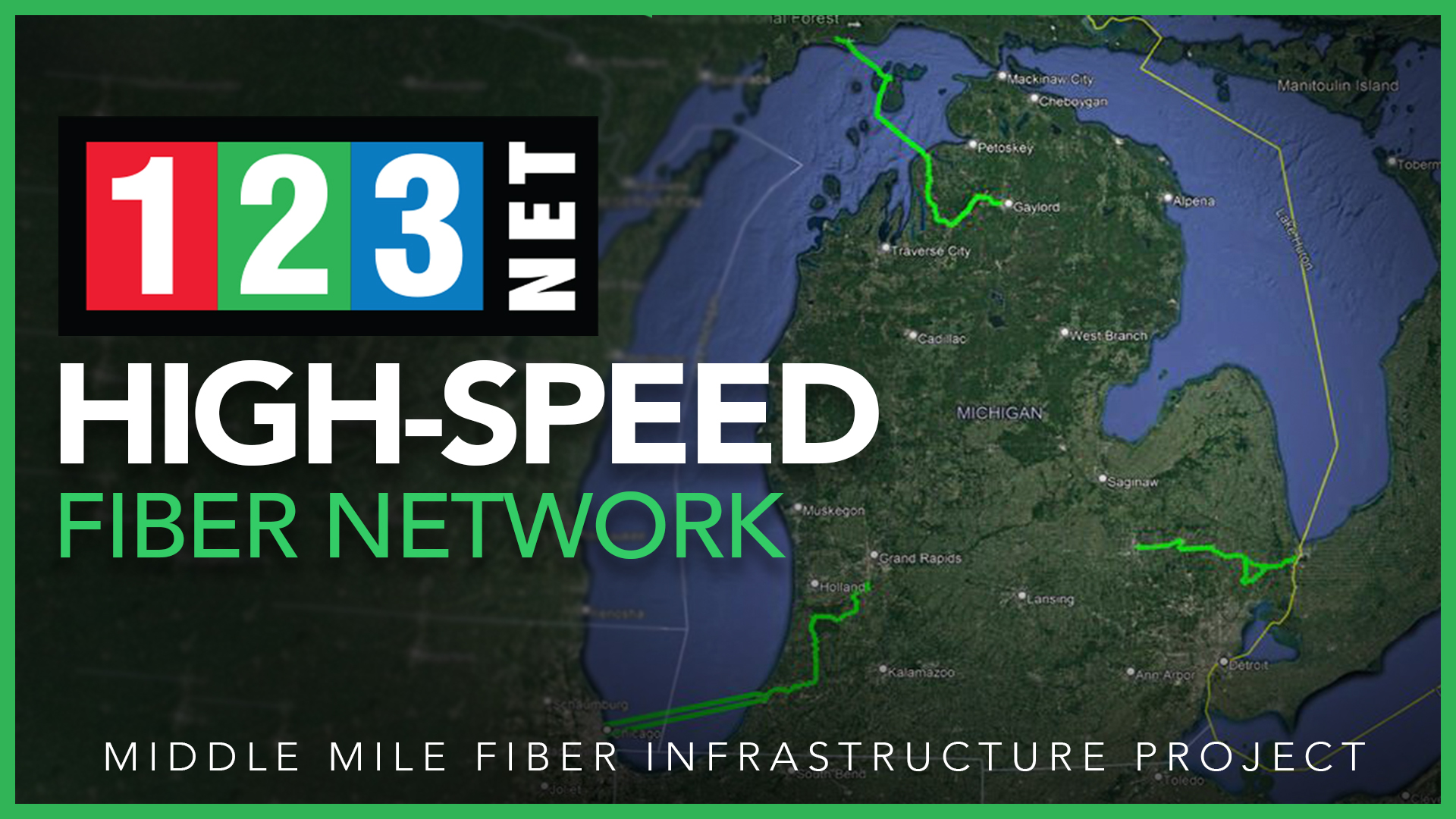
Introduction
Data center buildings are pivotal to the digital economy, serving as the core hubs for IT infrastructure that enable essential services like cloud computing and big data analysis. This article delves into the intricate planning and forward-thinking strategies essential for constructing efficient and sustainable data centers. A comprehensive understanding of how these facilities are designed, built, and operated is crucial. Effective design and construction not only minimize operational costs and environmental footprints but also enhance performance and security. We’ll explore various design considerations, core components, and innovative technologies that contribute to the successful development of modern data center buildings, addressing both current demands and future growth.
Key Considerations in Data Center Design
Location and Site Selection
The placement of a data center building is a critical decision that impacts its design, efficiency, and risk management. When selecting a location, factors such as climate, risk of natural disasters, and proximity to essential infrastructure are paramount. Data centers benefit from cooler climates which naturally help in managing the heat generated by servers, thus reducing the reliance on artificial cooling solutions and lowering energy costs. Additionally, areas with minimal risk of natural disasters are preferred to ensure uninterrupted service. Proximity to power grids and major network backbones also influences location choices, as these ensure reliable power supply and high-speed internet connectivity, which are vital for the smooth operation of a data center.
Building Architecture and Structural Design
The architectural and structural design of a data center building must prioritize robustness and flexibility. The structures are typically built with reinforced materials capable of withstanding various environmental stressors, thereby ensuring the physical security of the hardware. Flexibility in design is also crucial as it allows for future expansions and upgrades without major disruptions. This segment involves strategic planning around the modular design, which can accommodate rapid technological advancements and scaling needs without a complete overhaul of the existing infrastructure.
Security Measures
Security is a critical aspect of data center building construction, encompassing both physical and cybersecurity measures. Physically, data centers are designed with multiple layers of security including surveillance cameras, biometric access controls, and perimeter fencing to safeguard against unauthorized entry. Cybersecurity measures involve deploying advanced firewalls, intrusion detection systems, and regular security audits to protect against external and internal cyber threats. The integration of both physical and cyber security protocols ensures comprehensive protection, making it extremely challenging for unauthorized access to occur.
Efficiency in Design and Planning
Efficient design and planning are essential for minimizing the environmental impact and operational costs of data centers. This involves choosing locations with access to renewable energy sources and incorporating energy-efficient technologies. For instance, using power usage effectiveness (PUE) as a metric to measure the energy efficiency of a data center is becoming a standard practice. The lower the PUE, the more efficient the data center. Furthermore, the design must consider the optimal layout of facilities to enhance air circulation and cooling efficiency, reducing the need for additional energy expenditures.
Adapting to Technological Advancements
The rapid pace of technological advancements means that a data center building must be designed with an eye towards future technology integration. This includes preparing infrastructures that can support increased data loads and the next generation of computing technologies. Flexibility in the infrastructure design allows for easier upgrades to hardware and software, ensuring that the data center remains at the forefront of technology without requiring complete rebuilds.
By addressing these aspects in the design and planning stages, data centers can achieve the desired balance between operational efficiency, robust security, and scalability. This ensures they are well-equipped to support current and future technological demands, making them resilient and adaptive to the evolving landscape of the digital economy.
Core Components of a Data Center
Power Supply and Energy Efficiency
Efficient power solutions are foundational for the operational sustainability of data centers. This encompasses the installation of redundant power sources and robust backup systems to ensure continuous operation during power outages. An essential component of energy efficiency is the Power Usage Effectiveness (PUE) metric, which measures how effectively a data center uses its power. Strategies to achieve a low PUE include the use of energy-efficient hardware and the adoption of advanced power management technologies. These practices highlight the importance of designing data centers that not only meet the current power demands but are also prepared for future energy efficiency standards.
Cooling Systems
Maintaining optimal operating temperatures within a data center is critical to prevent hardware damage and prolong the lifespan of the equipment. Effective cooling technologies play a significant role in this aspect, significantly reducing energy consumption. Various cooling methods are utilized depending on the data center’s environment and layout, including liquid cooling and in-row cooling systems. Liquid cooling is particularly effective in environments where dense heat generation occurs, as it can remove heat more efficiently than traditional air cooling. In-row cooling places cooling units directly among the server racks, improving the precision of cooling and reducing energy waste. These cooling strategies are selected based on their ability to maintain temperature control while optimizing energy use.
Space and Capacity Management
As data consumption and processing needs grow, optimizing the use of space and managing capacity become increasingly important in data center operations. Effective space management involves the strategic layout of equipment to maximize airflow and cooling efficiency. Capacity management strategies include scalable designs that allow for easy expansion of resources without significant disruptions to existing operations. This involves modular setups or adjustable rack designs that can accommodate new hardware as demand grows. By effectively managing space and capacity, data centers can ensure they are equipped to handle increasing server demands while maintaining high levels of efficiency and performance.
Technological Innovations in Data Center Construction
Green Data Centers
The shift toward sustainability in data center construction is gaining momentum as the industry seeks to minimize its environmental footprint. Green data centers use eco-friendly materials and incorporate sustainable practices throughout their operations. These facilities focus on reducing energy consumption and utilizing renewable energy sources, such as solar and wind power. Additionally, sustainable data centers often feature designs that enhance natural cooling and reduce the need for artificial cooling systems. The implementation of green building standards and certifications, such as LEED, reinforces the commitment to environmental responsibility. This trend not only supports global sustainability goals but also aligns with increasing regulatory requirements. Also consumer demand for greener technologies.
Modular Data Centers
Modular data centers represent a significant evolution in the design and construction of data facilities. These data center buildings are made up of prefabricated modules that can be easily assembled on-site. It is significantly reducing construction times and costs. The modular approach offers enhanced flexibility, allowing for scalability and adaptability to changing technology needs without extensive renovations. This design philosophy supports quicker deployment and can be particularly advantageous in remote or temporary locations. Where traditional construction might be impractical or too costly. Moreover, modular data centers can be designed for higher energy efficiency. Further supporting the sustainability goals of modern data center operations.
Smart Data Centers
The integration of smart technologies such as the Internet of Things (IoT) and Artificial Intelligence (AI) into data centers is transforming how these facilities are managed. Smart data centers utilize IoT sensors to monitor everything from temperature and humidity to power usage in real time. This allows for automated adjustments that enhance efficiency and reduce operational costs. AI plays a critical role in analyzing data from these sensors to predict and preempt potential issues before they impact performance. These technologies also facilitate improved security measures and maintenance processes. It is turning traditional operational challenges into opportunities for increased efficiency and reduced downtime. The adoption of smart technology ensures that data centers remain at the cutting edge of technology. It is ready to meet the demands of an increasingly data-driven world.
Operational Challenges and Solutions
Maintaining Redundancy and Reliability
To ensure the continuous operation and minimize downtime of server farms, implementing redundancy and reliability strategies is crucial. Redundancy involves creating duplicate systems, such as power supplies, cooling systems, and network connections. This is to ensure that if one component fails, another can seamlessly take its place without affecting the data center’s operations. Reliability is enhanced through rigorous testing and regular maintenance of these systems to prevent failures. Moreover, employing advanced monitoring tools helps detect and address potential issues before they lead to significant disruptions. These practices are essential in maintaining the integrity and continuous functionality of data centers. It is making them capable of supporting critical applications that require high availability.
Scalability Issues
Effective scaling of IT infrastructure is vital for accommodating growth and technological advancements. Design considerations for scalability involve creating a flexible infrastructure that can easily integrate new technologies. As well as increase capacity as demand grows. This includes using modular components that can be upgraded or expanded without major overhauls. As well as employing virtualization technologies to maximize the utilization of existing hardware. Planning for scalability from the outset of data center design is crucial for long-term sustainability. Also, avoiding costly future expansions that might disrupt operations.
Cost Management
Balancing the substantial upfront investment required for data center construction with ongoing operational expenses is a significant challenge. Strategic financial planning is essential to manage these costs effectively while maintaining high standards of efficiency and reliability. Techniques such as adopting energy-efficient technologies can reduce power consumption and operational costs over time. Additionally, choosing the right location can impact both initial construction costs and long-term expenses. Such as energy prices and cooling needs. Employing a total cost of ownership (TCO) model helps in understanding all costs associated with data center operations. This is enabling more informed decision-making to optimize financial resources without compromising service quality or infrastructure resilience.





